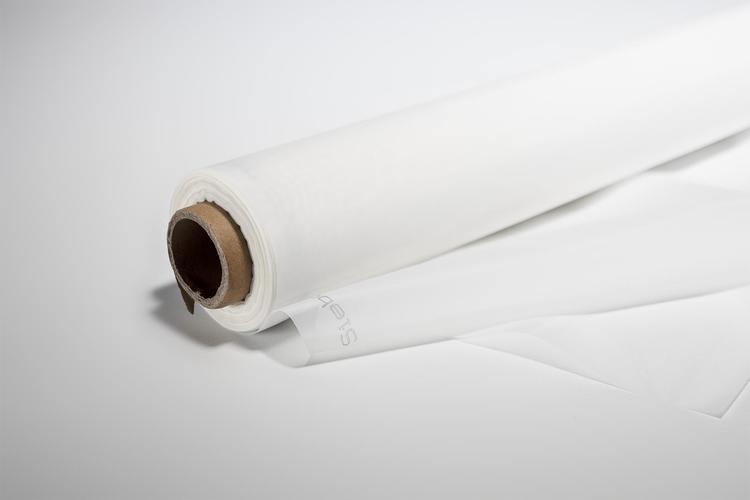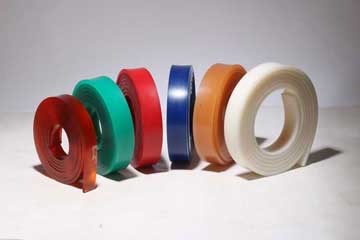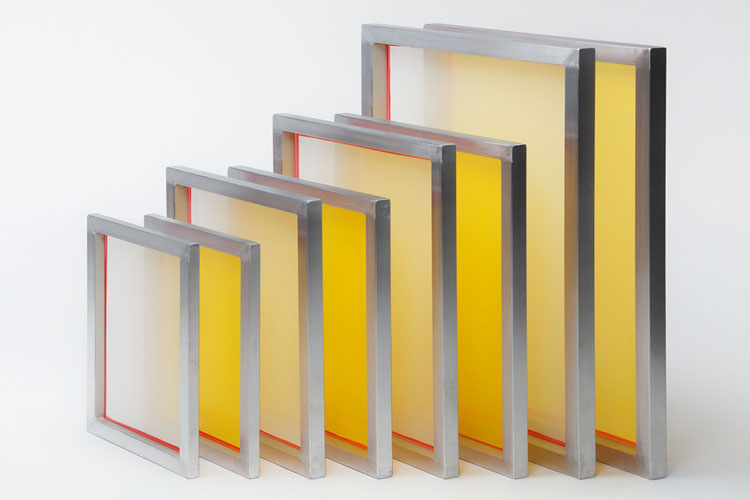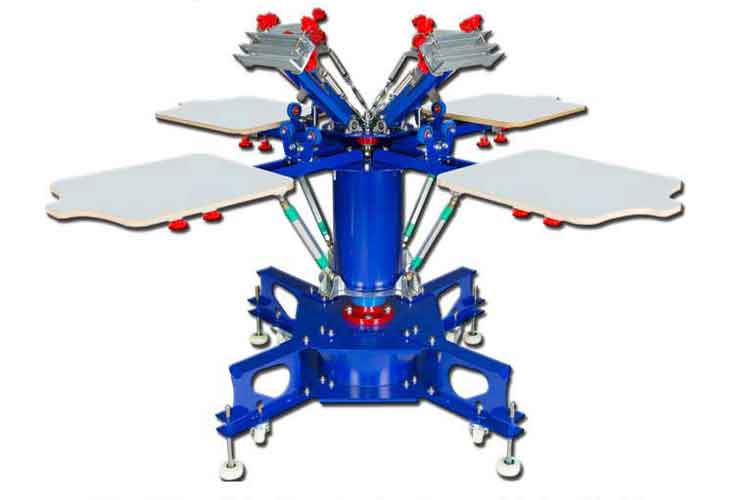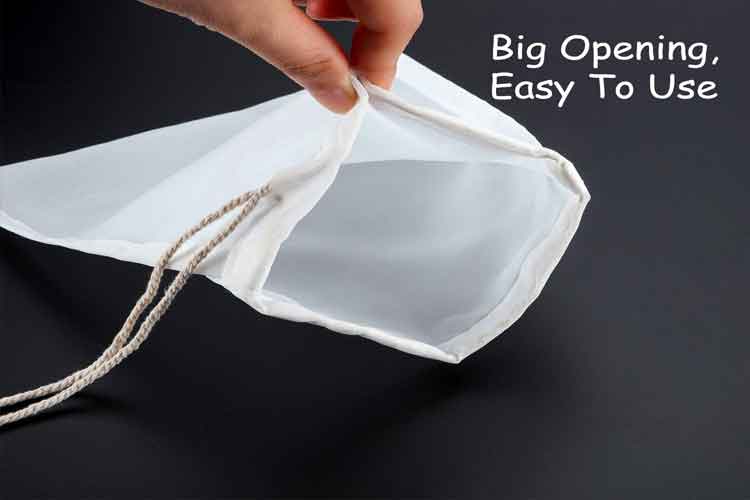Meet the tool that elevates every print: the speedball squeegee
A speedball squeegee is a modest investment with an outsized effect on print quality and throughput. By matching durometer, edge profile, and material to your work, you reduce waste, speed up changeovers, and deliver prints that keep customers coming back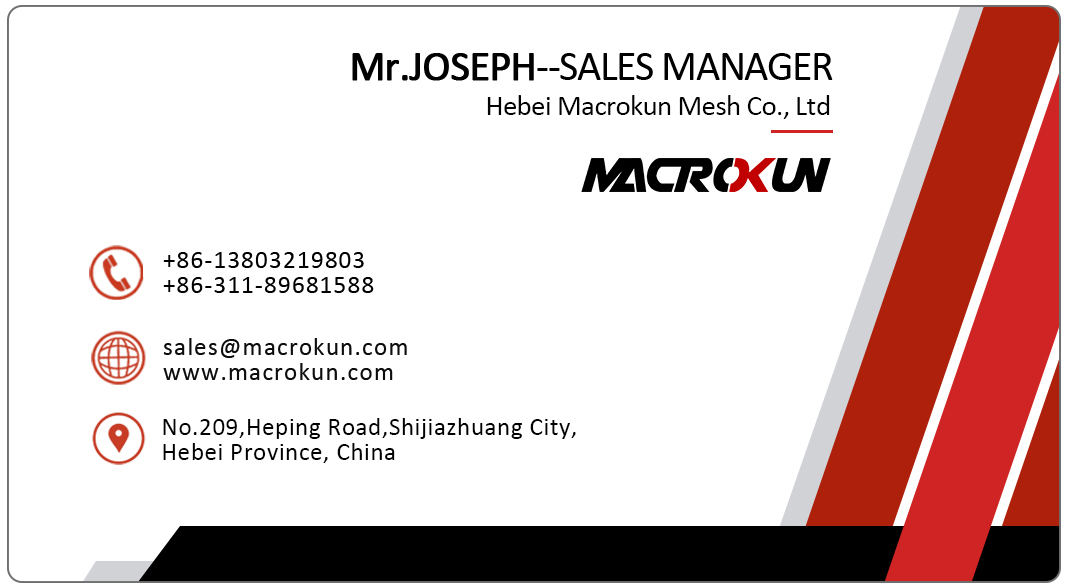
When crisp lines, consistent ink coverage, and dependable production matter, the right tool makes all the difference. The speedball squeegee is designed for artists, small shops, and production teams who need repeatable quality with minimal fuss. It’s a compact, workhorse tool that affects the look and feel of every print pass — from initial registration to final cure.
Why experienced printers rely on a proven brand
Experienced printers choose a speedball squeegee because it blends clear specifications with predictable performance. The brand produces blades in materials suited to different tasks — urethane and nitrile for durability and neoprene for flexible fabric work. For buyers, that means you can select a blade that matches your substrate and ink system rather than guessing and reworking prints.
Match durometer to the job to control ink deposit
Durometer — the measure of blade hardness — is one of the most important choices you’ll make. Softer blades push more ink through the mesh, making them ideal for plush fabrics and heavy fills. Firmer blades give tighter control and crisper halftones. When you combine the right durometer with a speedball squeegee, setup time drops and print consistency improves, because the blade behaves predictably from pull to pull.
Edge profiles: how shape changes the final print
Edge geometry influences how the blade breaks contact with the screen at the end of a stroke. Rounded edges are forgiving on fabric and tend to reduce binding, while square edges deliver sharp lines on paper or rigid materials. V-edges concentrate pressure at a point for ultra-fine detail. Because a speedball squeegee is available in several edge profiles, you can choose a shape that complements your artwork and the finish you want.
Handles and ergonomics that reduce fatigue
Long runs demand comfort. Speedball offers wooden handles with solid feel and lightweight plastic holders for extended use. The right combination — a comfortable grip and a balanced blade — reduces wrist strain and helps maintain steady pressure across dozens or hundreds of pulls. In short, the right speedball squeegee helps teams print longer with more consistent results.
Materials and resistance for real-world production
Modern inks and cleaning solvents can be harsh. Choosing the correct blade material matters: urethane often resists solvents and holds up under repeated use; nitrile can be forgiving for fabric prints and flexible under pressure; neoprene works well when you want a softer contact. Selecting a speedball squeegee with the proper material increases blade life and reduces the hidden cost of frequent replacements.
Technique matters — and the squeegee magnifies it
Good technique remains essential. Keep a consistent blade angle, maintain steady pressure, and match your stroke speed to the ink viscosity. The squeegee amplifies operator skill: using the appropriate speedball squeegee for the job reduces smudges, preserves detail, and cuts down on reprints. Even small adjustments to angle or pressure can dramatically change ink laydown — and a consistent tool makes those adjustments repeatable.
Care and maintenance that extend blade life
A little care goes a long way. Rinse ink away immediately after printing to avoid buildup, avoid heat that can warp the blade, and check edges for nicks that will mar detail. Keep spare blades organized by durometer and width so you can swap quickly. A well-cared-for speedball squeegee will give you consistent performance for many runs and reduce the downtime that kills productivity.
Sizing and stocking: a practical approach
Measure your frames and order blades slightly longer than the printable area so you can trim or resurface edges. Many shops keep a handful of common widths — for example, 9", 12", and 18" — and two durometer options to cover most jobs. With a small, strategic inventory that includes a speedball squeegee in each common width, you’ll minimize downtime and be ready for urgent orders.
.jpg)
Real-world uses: from craft to production
The speedball squeegee is versatile enough for weekend projects and tough enough for small production lines. Artists use it for experimental prints and posters; t-shirt shops rely on it for repeatable runs; designers use it for specialty substrates like wood or cardboard. Across use cases, a quality speedball squeegee helps maintain registration and keeps halftones sharp when detail matters.
Why a branded squeegee often saves time and money
Buying a reputable squeegee means clearer specs, reliable manufacturing, and easier replacement sourcing. Instead of guessing durometer or edge shape, you get labeled options that behave as described. For many shops, a speedball squeegee becomes the standard baseline — the “default” they train operators on and reorder without second-guessing.
Cost versus value: what pays off over time
A cheaper blade may save pennies today but costs hours in reprints, adjustments, and inconsistent results. A higher-quality blade costs a little more but lasts longer, produces fewer rejects, and reduces operator frustration. When you calculate per-piece costs over a season, investing in a speedball squeegee typically lowers the total cost of production.
How to pick the right model quickly
Start with your most common substrate. For plush or uneven textiles choose a softer blade; for paper and rigid stock choose firmer with a square edge. Consider the size of your frames and whether you need an ergonomic handle for long runs. If you rotate between job types, keep a small set of speedball squeegee options ready for quick swaps.
Final thoughts: small tool, big difference
A speedball squeegee is a modest investment with an outsized effect on print quality and throughput. By matching durometer, edge profile, and material to your work, you reduce waste, speed up changeovers, and deliver prints that keep customers coming back. Train your operators, care for your blades, and choose the right squeegee for each job — the results will speak for themselves.
Pre:Meet the tool that transforms prints: a silk screen printing squeegee designed for results
Next:Speedball Squeegee
Tags:
